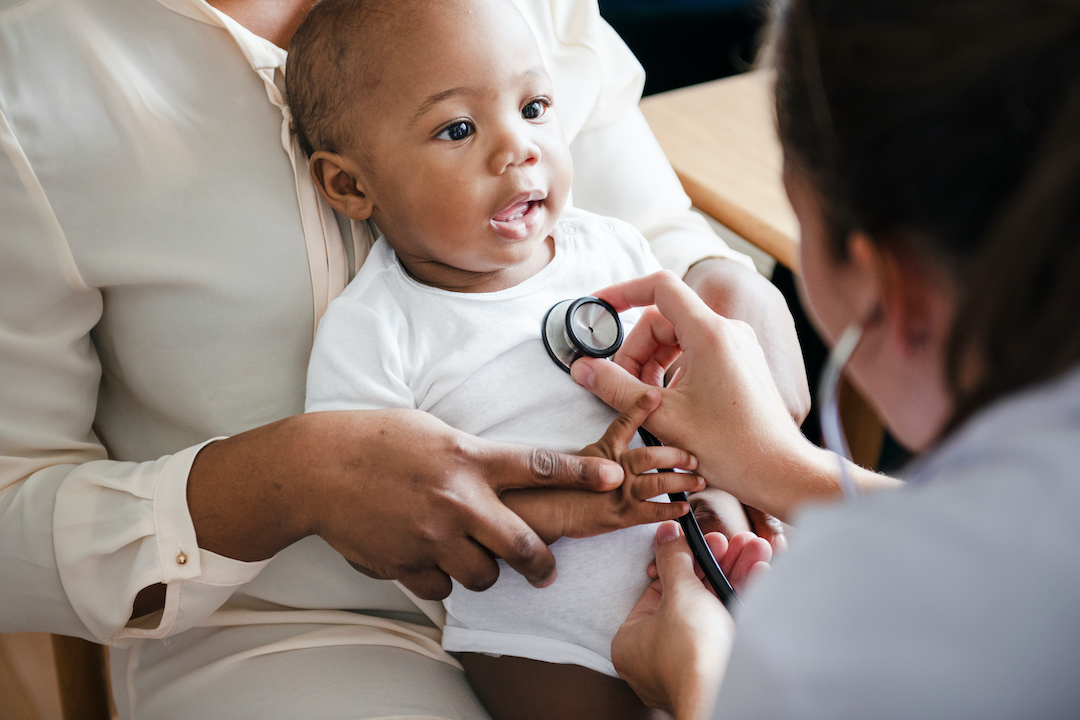 From the annual J.P. Morgan Healthcare Conference to the World Economic Forum meeting in Davos, this month kicked off a series of environment-setting and industry-shaping conferences for the year. So like many communications professionals taking a look at the year ahead for clients and their organizations, I made my way through a volume of 2017 trends, predictions, insights and counter predictions from various experts (a good, quick read is the PwC Top Health Industry Issues of 2017: A Year of Uncertainty and Opportunity).
From the annual J.P. Morgan Healthcare Conference to the World Economic Forum meeting in Davos, this month kicked off a series of environment-setting and industry-shaping conferences for the year. So like many communications professionals taking a look at the year ahead for clients and their organizations, I made my way through a volume of 2017 trends, predictions, insights and counter predictions from various experts (a good, quick read is the PwC Top Health Industry Issues of 2017: A Year of Uncertainty and Opportunity).
As one would expect, we will continue to see drug pricing scrutiny, health reform uncertainties, cross-sector collaborations, and a fervent focus on the role of artificial intelligence (AI) in medicine. We will also experience a new level of excitement around the promise of CAR T-cell therapies (FierceBiotech shares insights on upcoming milestones here) and the high expectations for CRISPR (I particularly like this VOX overview).
However, something interesting happens when you take a step back and try to determine the underlying implications for the healthcare industry. Given the anticipated innovations, trends, policies, and advances, the following insights are things we all should keep top of mind:
1. Your doctor will still be a human, BUT the term “machine learning” will enter our daily vocabulary. At the risk of shattering hopes, Dr. Robot will not be replacing your primary care physician this year. However, as AI applications in healthcare become more commonplace, our vocabularies will continue to expand to include terminology once exclusive to the technology sector. With surprising facility, we will be able to explain things like “machine learning” to our friends—the ability for a computer to learn without being explicitly programmed. Yes, the potential of AI applications in health and medicine stands to be groundbreaking. AI will continue to make possible new types of machine and human interactions that will help better and advance patient care (while also reshaping the healthcare lexicon).
2. As fake news proliferates online and facts are challenged, health literacy will become critically urgent. This year, facts will continue to be viewed as subjective – creating the potential for inaccurate data news and disease information to trend. Given the potential for misinformation, a concerted effort will be needed to ensure patients and caregivers are equipped “to obtain, process and understand basic health information and services needed to make appropriate health decisions” (for a quick guide on health literacy check here). As category issues mount (pricing, access, data transparency, etc.) and many health policies change (top of mind Affordable Care Act example here) in an environment where facts are debated, discussions around what health literacy means in 2017 will also intensify. Consequently, the need for health literate programming and communications will be a mandate and health communicators will have a central presence.
3. More healthcare companies will prioritize the “X” in “UX.” Whether it be the hospital that provides us with care, the pharmaceutical company that makes the therapies, or the pharmacy that dispenses medicines, experiences matter. Many studies have shown that better patient experiences are linked to improved clinical and business outcomes. Additionally, the ubiquity of social media not only means negative experiences can be magnified, but also that positive experiences can be amplified. This year, healthcare companies will take a page from well-known consumer brand powerhouses to create emotional connections, simplify communications and better engage the whole patient to help reach the ultimate shared goal: improved outcomes.
4. Discussions on bioethics will get heated, and we will develop an opinion on something called a “gene drive.” There has been a lot of attention on where ownership of the gene-editing tool CRISPR patent will net. However, CRISPR will be the focal point of yet another discussion given the potential of gene drives and technologies like CRISPR to help address public health threats (think Zika and malaria). So, what is a gene drive? In the simplest definition, a gene drive is an investigational technology that can control genetic traits (see more here in this New York Times article). As we continue to search for solutions to emerging and known public health concerns, genome engineering technologies will take center stage this year. For the makers of such technologies, be on the lookout for a renewed round of discourse on everything from biodiversity to bioethics (and you will be asked for your point of view).
5. And finally, health beliefs and attitudes will drive a more pronounced focus on treating the whole patient. I saved this one for last because it is perhaps the more counterintuitive read on what will occur this year. We see the best outcomes when treatment and care plans take into consideration the whole patient; this is a fundamental tenet of medicine. In an environment where Oxford Dictionary has named “post-truth” the 2016 international word of the year, health beliefs will take on a new level of importance in 2017. What if the current “question everything” mindset leads to us paying more attention to “whole patient” factors such as attitudes on what it means to be healthy, quality of life and cultural insights when it comes to care?
Without a doubt, 2017 is poised to be a year of great change, innovation, and advancement in healthcare. What is your prediction for the top healthcare trend in 2017? CLICK HERE to answer a brief, one question survey. Results will be shared in a subsequent blog post.


